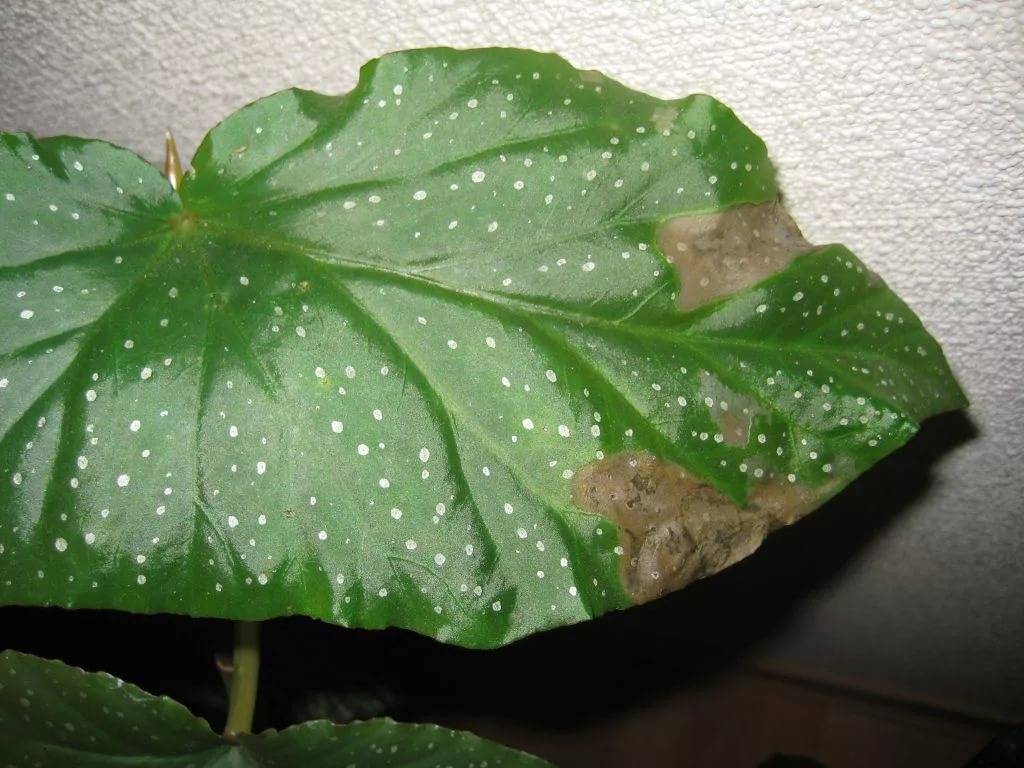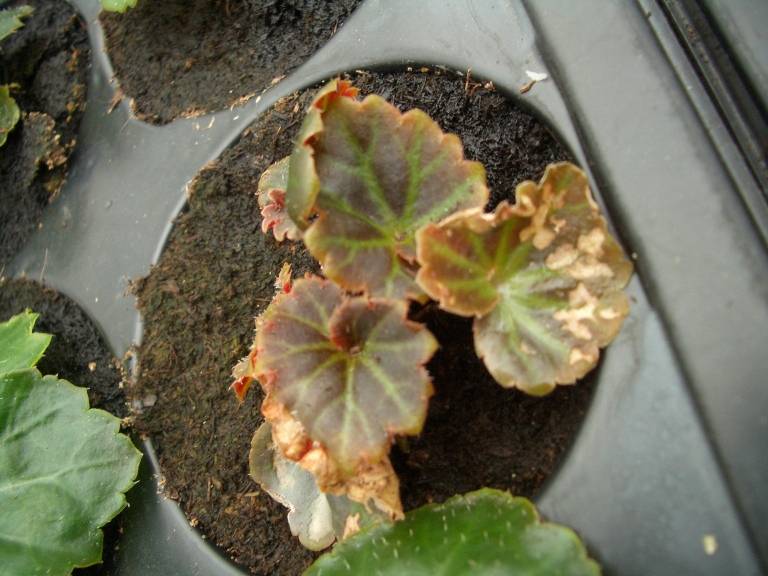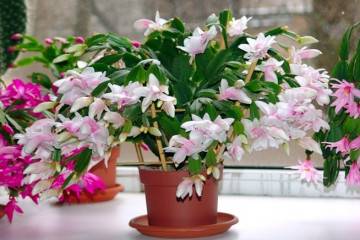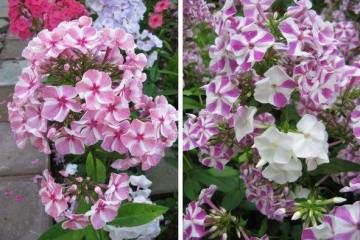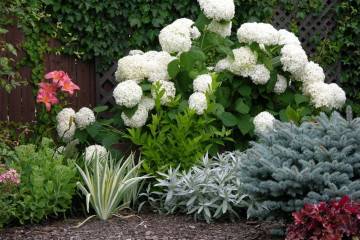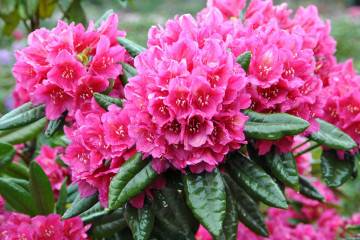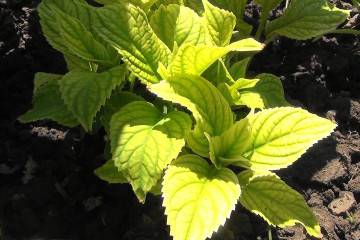The main reasons why begonia leaves dry
Content:
Begonias live in almost every home; these unpretentious and beautiful flowers fit well into the interior. Despite the ease of care, you need to follow its rules - the flower can get sick and even die. To save the plant, you need to pay attention to the condition of the leaves and buds.
Why begonia leaves dry at the edges
Begonias are distinguished by large leaves of rich green shades, it is on them that you can notice the disease of the flower in the first place. There may be several factors provoking drying of the tips - the exact definition depends on the environment in which the flower is located.
Possible diseases and pests
To determine exactly why the leaves of begonias are drying, you need to carefully examine the plates and stems. If gray-brown watery spots were found, it can be concluded that gray rot is present. To get rid of it, you need to wipe the plant with soapy water, benomyl or Bordeaux 1% liquid. In advanced cases, a second procedure may be required.
Powdery mildew is recognized by white spots that gradually cover more and more space. To prevent the leaves from drying out completely, you need to treat the flower with a solution of foundationol or morestan.
Bacterial spot is diagnosed by watery spots on the back of the leaves. Gradually, they move to stems and buds. To prevent begonia from being struck by this disease, it is recommended to spray it with a solution of copper oxychloride twice a month.
The false shield is soft - a parasite dangerous for begonia, it settles literally inside the flower. He destroys it completely, the plant gradually dries up. There is only one treatment - cleaning the affected areas with a soft brush (moisten the brush in an infusion of garlic).
These diseases can be successfully treated, even if they are in advanced condition. Unfortunately, aphids and thrips spread ring spot - it is impossible to get rid of it. First, yellowish spots appear, then they grow and change color to bronze. The only way out is to destroy the infected specimen before other neighboring plants get sick.
Improper care
Despite its unpretentiousness, begonias need some care. Studying this list will help you understand why the leaves of room begonia dry:
- excessive watering and spraying - it is better to replace the latter by setting a bowl of water next to the flower;
- lack of fertilizers, especially during the flowering period;
- feeding with a high nitrogen content;
- plucking leaves;
- hard water for irrigation;
- transplanting into an unsuitable pot;
- being in direct sunlight.
If the begonia lives in the garden, it is necessary to remove the weeds growing next to it. You also need to protect the flower from strong winds and drafts.
The leaves of room begonia turn yellow
To understand why begonia leaves turn yellow, you need to analyze the care of it. First of all, the cause of this symptom is excessive watering. Also, the tips of the shoots are curled, gradually drying out.
If the yellow spots in the center are thinned, the plant is burned by the bright light. In the summer, the begonia just needs to be rearranged to the shady side. But you can't leave it without lighting at all! If this is allowed, its foliage will turn white, and the tips will turn yellow, the shape of the leaves will become elongated.
With the onset of warm days, some take flowers from the windowsills to the balcony, unwittingly exposing the plants to stress. Often, such changes are accompanied by a transfer to another pot, which can aggravate the situation. In response to the climate change, begonias will turn yellow and dry their leaves, up to the loss of foliage.
Blooming begonia in summer needs feeding, otherwise its buds will look frail and not large enough. Preference should be given to phosphorus and potassium fertilizers with a low nitrogen content.
Among diseases and pests, the following lead to yellowing of foliage:
- Fungus. It is determined by the presence of white bloom on the leaves and yellow spots - powdery mildew. The appearance is provoked by the lack of ventilation and high humidity.
- Aphid. Despite its tiny size, it causes great harm to the plant, it is difficult to get rid of aphids. She most often "nests" in the tops of the flower, on the back of young shoots and buds. Prevention from it - watering with nettle infusion, treatment - soap solution.
- Spider mite. It is not so easy to find it, but an almost transparent gray cobweb is quite real. You need to look for it in the lower part of the begonia, the leaves turn yellow and fall off under the influence of this pest.
Diseases of indoor plants in most cases appear due to poor care. It is much easier to prevent them than to treat them - a mistake can lead to the death of a flower.
Leaves fall - diseases and pests
If, as a result of begonia disease, the leaves wither at the edges, there is no doubt that the next stage will be their falling off. The same fate awaits the buds (if the plant is decorative), therefore, care for the flower should be careful.
First of all, do not allow moisture to get on the foliage and buds! Whitened leaves and fallen buds signal the depletion of the soil - mineral fertilizers are needed. It is preferable to alternate them with organic ones so that the care is comprehensive.
Before thinking about what to do if begonia leaves fall, you need to understand the reason. Most often this is a consequence of fungal infections - high temperature and humidity create all conditions for pests. Powdery mildew and gray mold, if left untreated, will lead to loss of buds.
The greenhouse whitefly reproduces very quickly and destroys begonia foliage. It sucks out the juices, and the damaged leaves dry up and fall off. If a pest has already settled on a still fresh leaf, it must be cut off. The treatment of the affected plant is carried out with the help of insecticides.
Nematodes inhabit all plants, giving more preference to the lower tiers of foliage. They show their presence with brown spots (initially light green) and swellings. An excellent prevention against them is soil steaming.
Begonia withers and dries - what to do, preventive measures when the cause is not clear
If begonia suddenly begins to wither before our eyes for no apparent reason, it is worth reviewing the conditions for its maintenance and the presence of parasitic insects. Among them, thrips are distinguished by their large size - they are easy to notice even without a magnifying glass. They cause significant harm to begonias - the leaves turn pale, the buds do not bloom, and the flower itself does not grow. Fear of these pests is in the summer, they are destroyed with soapy water.
If the begonia is overgrown, it needs to be transplanted into a larger pot. In this case, you need to pay attention to the roots of the plant - blackening and rot indicates a disease. It is called "Black Root Rot", the remedy for it is spraying with Benomil. To avoid a relapse, you need to water the plant sparingly, avoiding an excess of moisture. Until the topsoil is dry, you do not need to moisten the begonia.
Even in hot summer, the temperature in the room where this flower is kept should not exceed 21-23 degrees. If the plant is very hot, its leaves will begin to turn yellow and red, and burns will appear under the scorching sun. To avoid this, it is better to keep begonias in partial shade, periodically placing them in a bright place.
Any indoor plants should be kept away from drafts, sources of heat and cold. Any of these factors will lead to deterioration of the begonia foliage, it may even stop blooming. During the flowering period, she needs top dressing and regular watering!
Begonia is an ornamental houseplant that attracts attention with delicate buds and bright spreading foliage. It is easy to maintain, however, it is important to observe the requirements for air humidity, soil and watering for its beautiful appearance. Preventive care measures will help prevent the onset of disease and get rid of the problem of why begonia withers.

